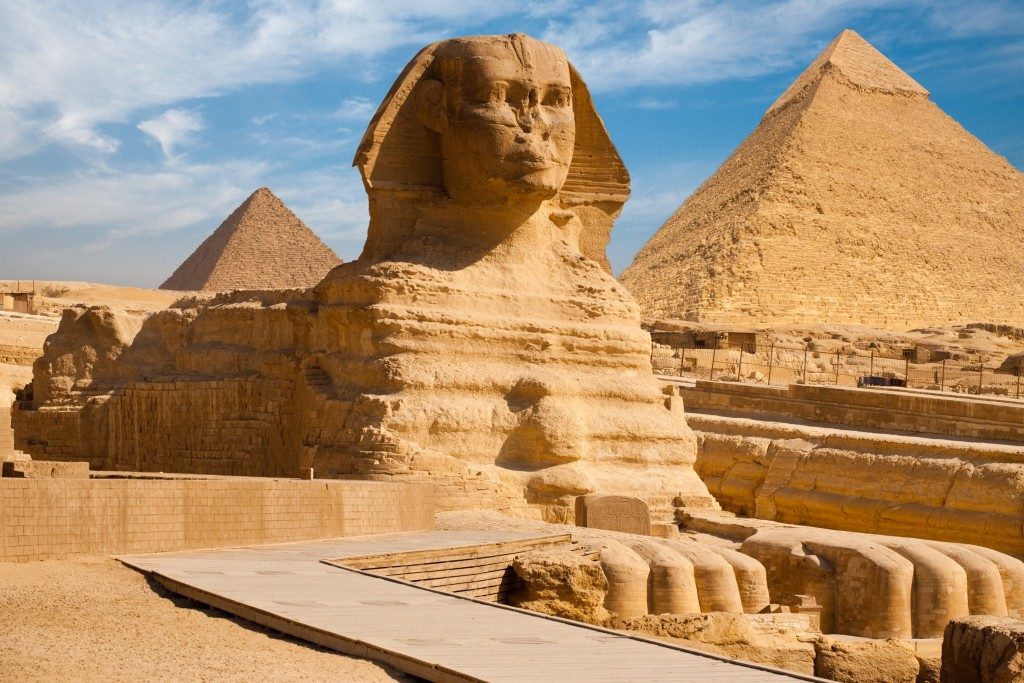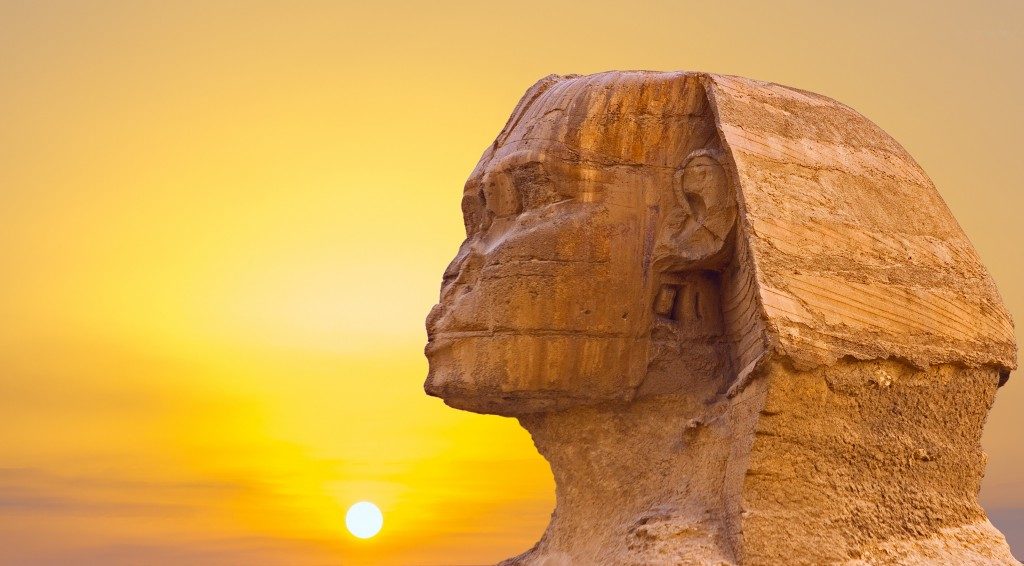Many people like challenging themselves, though what abilities they would like to push the limit depends on their preferences. The physically-inclined might enter a 10-kilometer marathon, take up boxing as a sport, or try to climb Mount Everest. Those who want to hone their intelligence and mental acuity could prefer different challenges.
For example, they might enjoy drawn-out games of chess, read particularly verbose and nuanced literature, or enjoy riddles. Much like punching someone for sport, riddling has a rich and colorful history that dates back to ancient times.
An Ancient Pastime
Riddling has been a past-time of people who want to stimulate their minds for centuries. Long before publishers began churning out gamebooks full of sudoku puzzles and assorted brainteasers, ancient civilizations were already recording their riddles. In 1960, researchers translated a series of cuneiform tablets with 25 riddles that dated back to the time of the Sumerians. These particular riddles originated from approximately 1800 BCE, or nearly four thousand years ago.
Here is a simplified form of one of the Sumerian riddles:
There is a house. One enters it blind and comes out seeing. What is it?
The answer is “a school.”
Although these cuneiform riddles are the oldest ones that researchers have discovered so far, other ancient riddles have made it down the ages. One of them is in the pages of the Bible. During his wedding-feast, the brutish and brutal Samson posed a very symbolic riddle, about honey and lions, to the assembled guests. The meaning of the answer continues to be a major discourse among Christian theologians today.
But a human didn’t put forth what is arguably the most famous riddle in the ancient world. No, a monster from Ancient Greece uttered it.
The Best That Told Riddles

The Sphinx was a mythological monster that terrorized Thebes. She had the body of the lion, the wings of an eagle, and the head and breasts of a woman. Her presence brought plague and drought to the city, and no one could defeat her unless they solved her riddle. Most people know the riddle of the Sphinx, the one that goes:
What crawls on four legs in the morning, walks with two at noon, and with three legs in the evening?
And almost everyone is familiar with the answer the hero Oedipus gave the monster: “a man.” But what about the Sphinx herself? What does she mean?
Some scholars posit that the Sphinx is a guardian of wisdom. To resolve her, to remove her mystery, is to stop seeking answers. When one stops looking for answers, wisdom dies, much like how the Sphinx hurled herself to her death when Oedipus removed her mystery. Because of the Greek Sphinx’s violence and pestilential influence, she is also a threshold monster, a gateway between life and death. Her death is a portent of what will befall the Oedipus. The would-be king has inadvertently murdered a guardian of wisdom. Without it, he would go on to slay his father and marry his mother.
The Sphinx may be a succinct metaphor for knowledge. She is full of contradictions and her nature is tempestuous. Unsolved, she brings misery. Resolved, she brings tragedy. Some would say that wisdom is a monstrous thing. Confronted with the fearsome visage of the Sphinx, one would be hard-pressed to argue.
